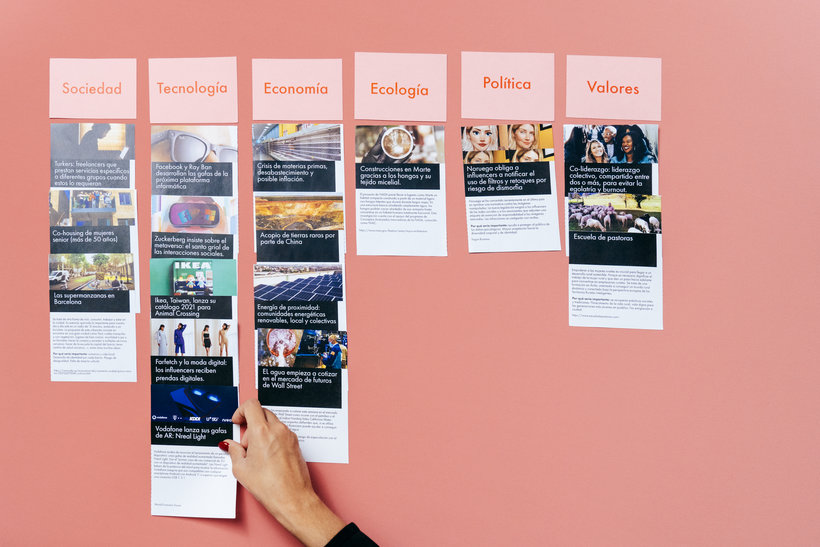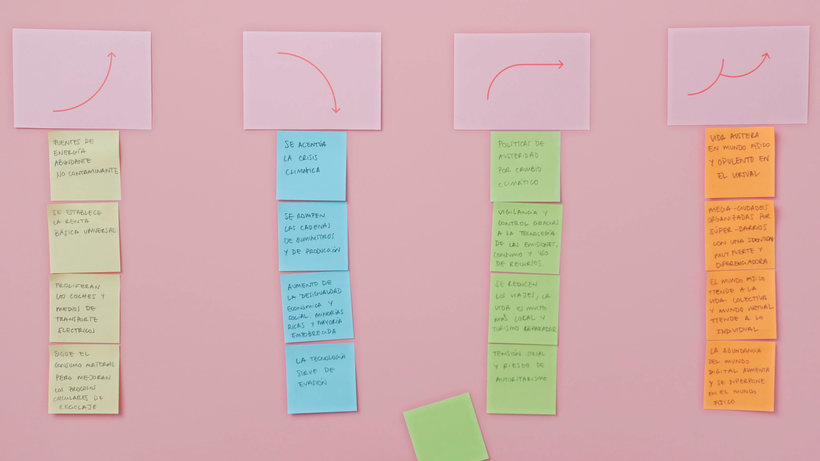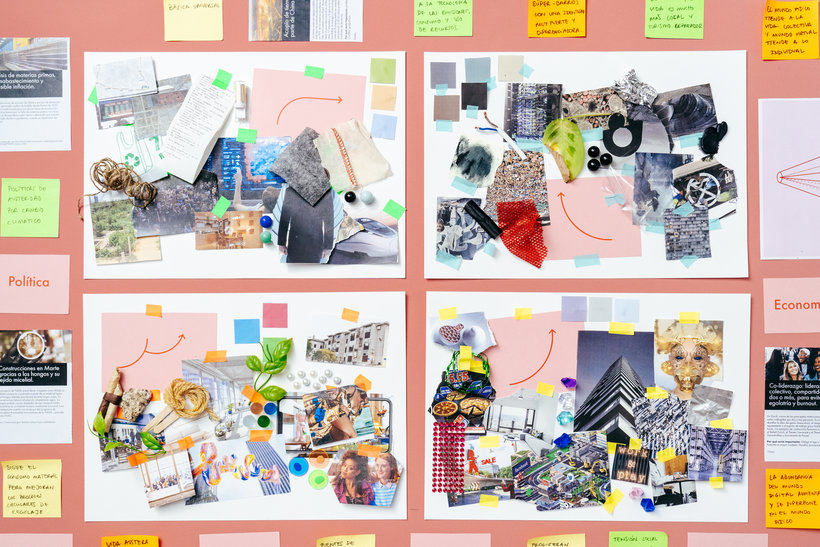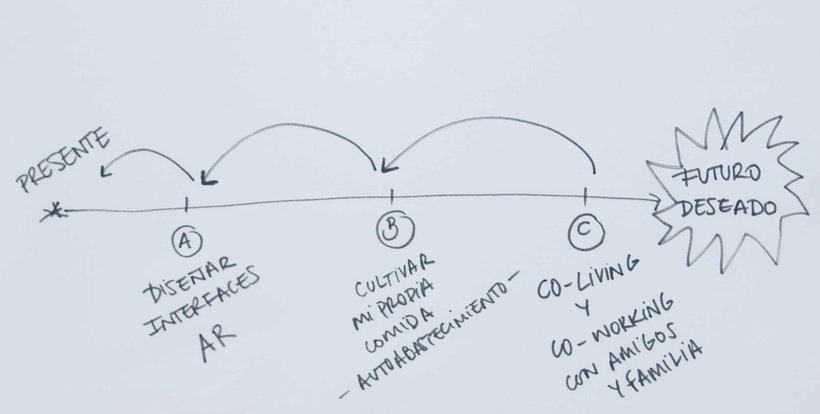Introduction to Future Design: Anticipate Tomorrow
Course final project
A course by Stef Silva , Designer and Cultural Researcher
About the final project for: Introduction to Future Design: Anticipate Tomorrow
Intro to Futures Design: Look Forward to Tomorrow
“We have reached the end of the course, but not everything ends here. During this time that we have spent together, I have shared with you a roadmap to make decisions in the present with a vision for the future. But remember, we cannot predict the future, but we can imagine its possibilities. Before we say goodbye, we are going to review the key phases of the project. It would be great if you briefly explain what you have done in each one and accompany the explanation with one or more images. Choice of topic The first step is to choose the topic on which to anticipate the future. I have chosen the future of cities as my theme. It has been very interesting for me to explore how we live, how we interact, how we move around the city, what businesses there are, and how we consume and do things. Search for signs of change and insights Next, you must look for signs and signs of change in your daily environment and among the news you read on the Internet. Then find patterns in the information collected and summarize it in a series of insights.





Partial transcription of the video
“Final project We have reached the end of this Domestika course. I hope you have learned the necessary bases to start anticipating the future and to design in a more conscious and creative way in the long term. If you follow the right steps, you will see that creating a roadmap to make decisions in the present with a vision for the future, It is easier than it seems to be. Keep in mind that you will not be able to predict it, but yes imagine its possibilities. I would like that when uploading your final project, we can see all the phases of the process, from choosing your area of interest, s...”
This transcript is automatically generated, so it may contain mistakes.
Course summary for: Introduction to Future Design: Anticipate Tomorrow
-
Category
Design, Marketing & Business -
Areas
Creative Consulting, Creativity, Design, Design Management, Information Design

Stef Silva
A course by Stef Silva
Founder and creative director of Invisible, Stef Silva is a designer and cultural researcher. Her work consists of reflecting on the consequences that business and design have on society and nature. She collaborates with organizations by proposing narratives, identities, and innovative solutions.
Before starting her own business, she formed a key part of leading innovation agencies in Spain, combining this work with teaching at various universities and educational centers in the field of design. In 2021, she was named one of the 40 most important futurists in Spain by Forbes Magazine. She has also organized the international PrimerEU19 event on future thinking and participated in Speculative Futures Madrid for several years.
- 99% positive reviews (126)
- 2,832 students
- 11 lessons (1h 18m)
- 19 additional resources (5 files)
- Online and at your own pace
- Available on the app
- Audio: Spanish
- Spanish · English · Portuguese · German · French · Italian · Polish · Dutch · Turkish · Romanian · Indonesian
- Level: Beginner
- Unlimited access forever
Category
Areas



